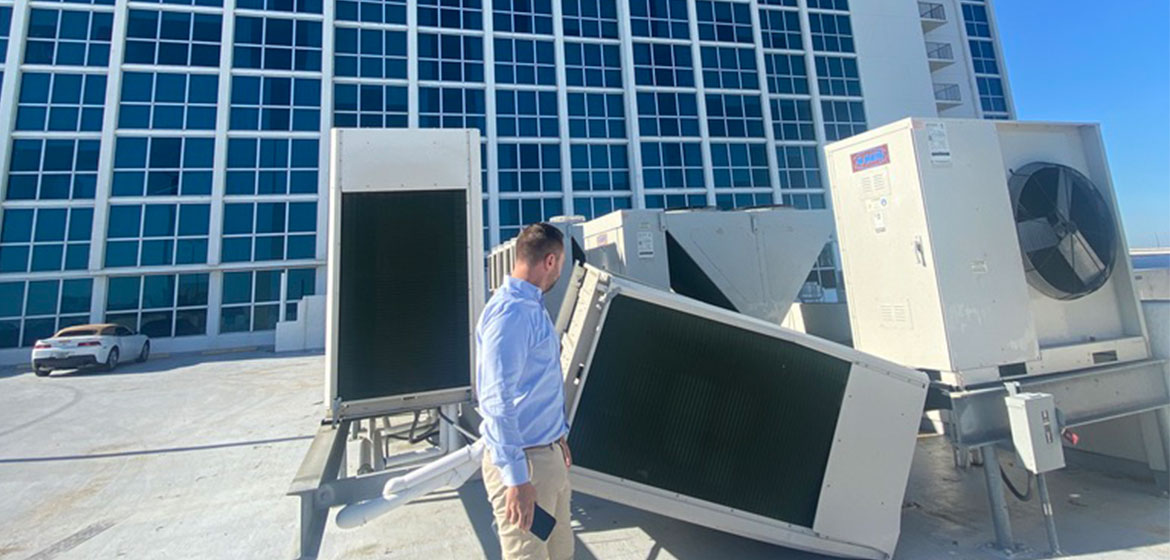The Evolution Of Building Design For Disaster Resilience

It seems, sometimes, that all over the world natural disasters are becoming more and more common. From tornadoes to earthquakes and from hurricanes to major floods, insurance claims involving commercial property damage have skyrocketed.
Whether they’re actually occurring more frequently or not, natural disasters aren’t new. Billions of dollars in damages can result from one hurricane season. However, the evolution of building design is making commercial property damage less probable, in many cases. Buildings are more resilient thanks to updated construction procedures. New materials and technologies are being embraced by builders and architects, allowing some of today’s commercial buildings to better withstand natural disasters.
Building for Flood Resistance
Areas with flood risks are not uncommon, particularly in certain parts of the US. This is why, to better withstand flood damage, builders have developed specific ways for commercial buildings and homes to be constructed.
Pier foundations or stilts are commonly used on homes in coastal areas, for example. For parking or storage, only ground-level floors are used in buildings built in areas that are prone to flooding. To help keep structures from washing away entirely, builders install breakaway walls. This enables water to flow through because the walls are knocked out quickly by floodwaters.
Building for Earthquakes
Unique challenges are presented by earthquakes. Special materials and techniques are required for a building to withstand seismic activity. Builders are creating ductile structures that, without completely losing their stability or strength, can still sustain significant damage. During earthquakes, this helps keep occupants safer and prevent building collapse. In areas prone to hurricanes, structures are being constructed with the highly ductile material, steel.
To minimize horizontal movement, on each level of a building, shock absorbers are being placed. To absorb vibrations caused by high winds and/or earthquakes, massive pendulums are installed in skyscrapers.
Building Against High Winds
Typically, winds in excess of 100 mph can devastate traditionally constructed commercial buildings and homes. Today’s buildings have a better chance against storms, however. In areas where tornadoes are common, some of the same techniques being used in areas prone to hurricanes are being employed. For both events, the winds can be extraordinary.
To prevent roof detachment during high winds, from the roof-to-wall connections, load path continuity is created all the way through to the wall-to-foundation connections. To minimize damage from airborne debris, materials like laminated windows are used. When construction adhesive is used for structural applications, to strengthen bonds, metal connectors and/or bracing should be used (in some situations).
When Disaster Befalls Your Business, Stone Claims Group Can Help with Your Insurance Claim
If your business has been impacted by some type of disaster, time is of the essence. The more time you wait for an insurance adjuster, the more nonprofitable downtime you experience. No business – no money. That’s completely unacceptable. In an expedited manner, and with fairness and truth, Stone Claims Group will complete your commercial property damage insurance adjustment. We stand by each and every day, 24/7, to be of assistance.